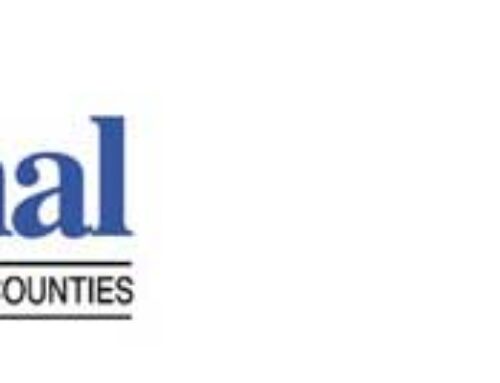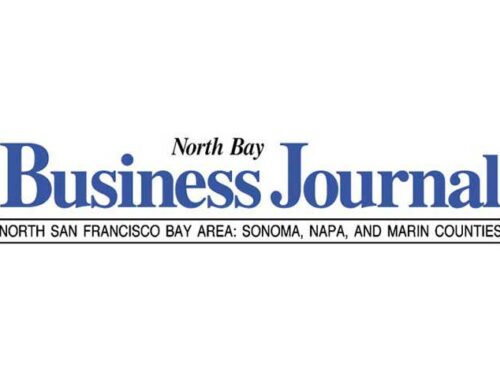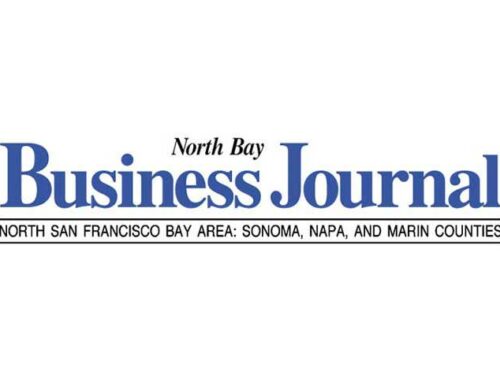THE NEW RETIREMENT: A PARADIGM SHIFT
North Bay Business Journal
BY GLORIA DUNN VIOLIN
Healthy employees are more productive. Profitability is a result of productivity.
That’s one reason why almost half of the employers in the United States offer wellness programs. Since more workers plan to continue in the workforce past age 65, businesses that institute wellness programs to meet the needs of aging employees “will see big dividends,” states a white paper published in June by the Transamerica Center for Retirement.
The Affordable Care Act (ACA) provides a second reason. Workplace wellness programs are supported as a means of reducing chronic illness by improving health and controlling health care costs. The latest data shows an employer’s ROI (return on investment) is $6 for every $1 spent on workplace wellness.
Also, a study published in the January 2013 issue of the Journal of Occupational and Environmental Medicine showed workplace health promotion programs can reduce average worker health costs by 18 percent. Savings are even larger for programs involving older workers, reported the American College of Occupational and Environmental Medicine (ACOEM).
Jonathan P. Dugas, Ph.D., and colleagues at The Vitality Group, Chicago, combined data from two major studies to estimate savings from reductions in seven risk factors or medical conditions typically addressed by workplace wellness programs: physical inactivity, low fruit and vegetable intake, smoking, overweight/obesity, high blood pressure, high cholesterol, and alcohol abuse.
“The results suggested that — if all heightened risk factors could be reduced to their ‘theoretical minimums’— total medical care expenses per person for all working age adults would be reduced by about $650, or approximately 18 percent. The possible savings increased with age up to 28 percent for older working adults and retirees,” according to the ACOEM news release.
Employees ages 55 to 65 “are the fastest-growing component of the workforce,” says Kristin Tugman, senior director of health and productivity at Unum, a large Maine-based provider of disability insurance. “They represent significant skills and experience,” she adds. “Employers don’t want to lose this expertise.”
To support this older generation, employers need to set up “productive aging” programs, advocates Tugman. “Many employers have the building blocks of a productive aging program,” she notes. “They just haven’t been able to connect the dots.” Productive-aging programs include at least five components:
- A rigorous demographic analysis of an employer’s aging workforce today and projected into the future. This knowledge is an essential foundation for productive aging efforts.
- Employee wellness programs with specific older-employee components.
- Chronic-condition management, perhaps with special emphasis on obesity. A third of all U.S. workers have at least one chronic health issue, and the percentage is higher among older employees.
- Flexible work environment. Flexibility for older employees is broadly seen as a needed employee-retention and job-enrichment benefit.
- Job-enrichment programs. “Programs that value older workers and seek to leverage their motivation with respect to their return to work and their staying at work can be effective in this effort,” Tugman wrote in her research paper. As an example, she referred to job transition programs that took physical pressure off older workers while allowing them to make greater contributions of their skills. “How do we use her brain instead of just her brawn?” she stated.
Kaiser Permanente’s employee workplace-wellness activities have only been operating since 2010, but the effort is already returning real health gains. From 2009 to 2012 among its estimated 200,000 employees, the health care company documented a 5 percent overall improvement in blood pressure levels, a 7 percent improvement in cholesterol levels, a 12 percent decrease in smoking, and a constant body mass index average even while the rest of the nation was getting heavier.
The New Retirement: A Paradigm Shift (NorthBayBusinessJournal.com/NewRetirement) is a recurring column by Gloria Dunn-Violin (415-259-7090, havingalifenow.com, [email protected]). She is a professional speaker, certified retirement life coach, and a business consultant through her company, Having a Life After Making a Living. She has over 25 years experience in organizational behavior and development as a trainer, facilitator, consultant, business adviser on aging and retirement and coach.





